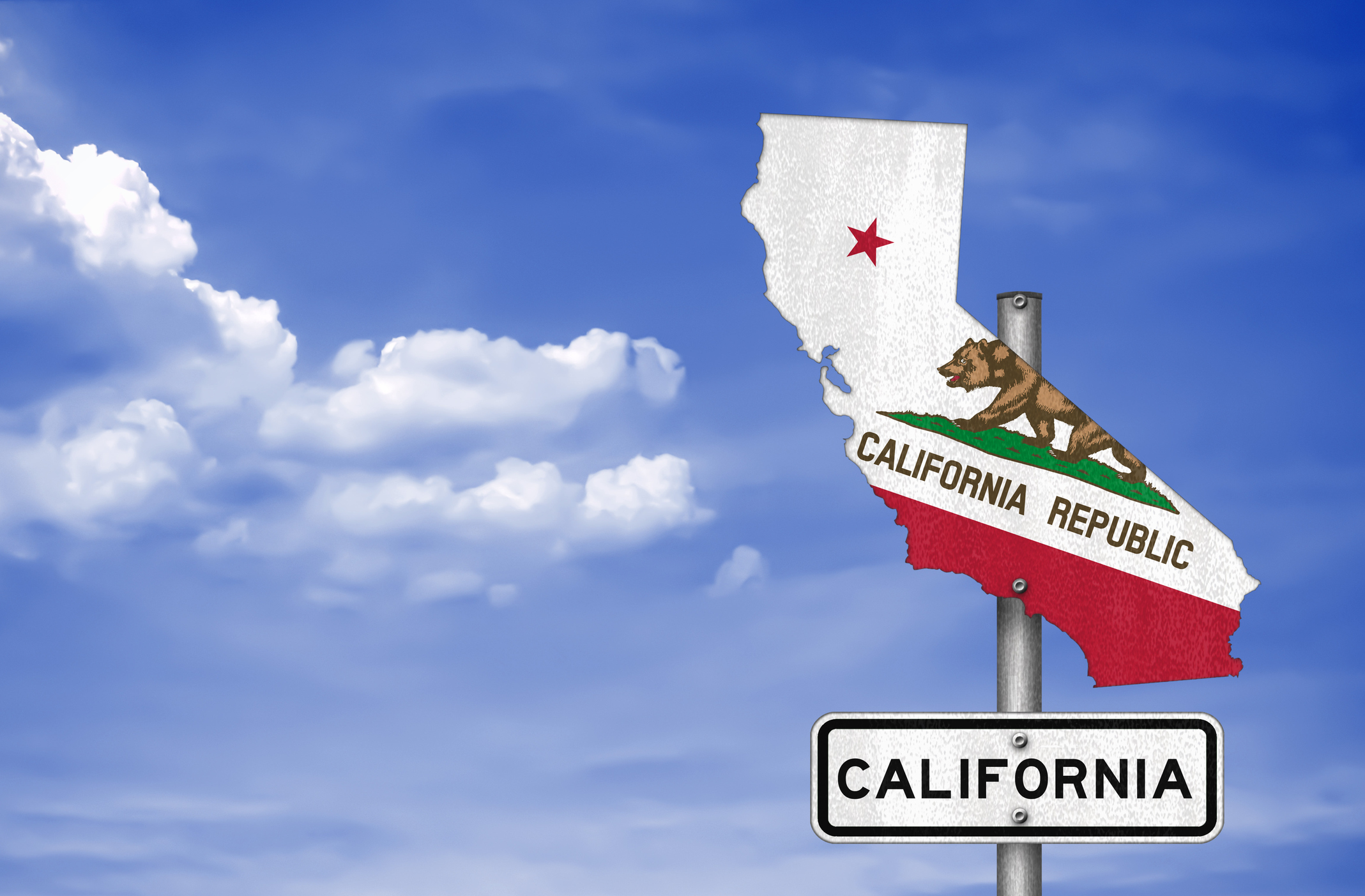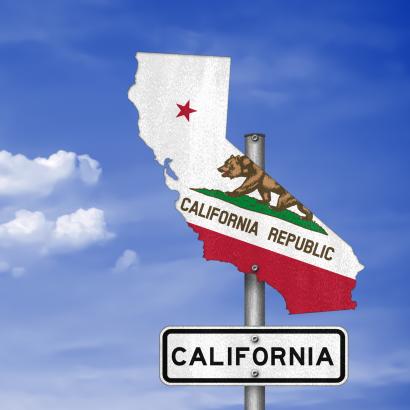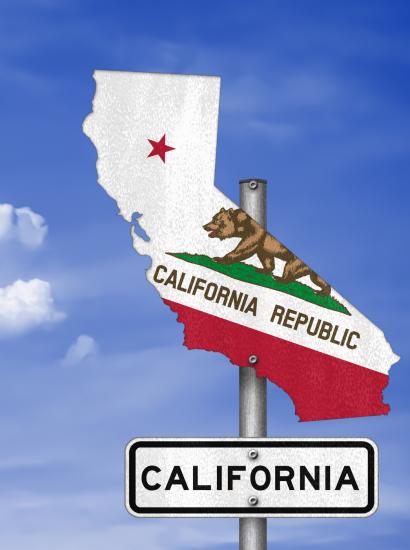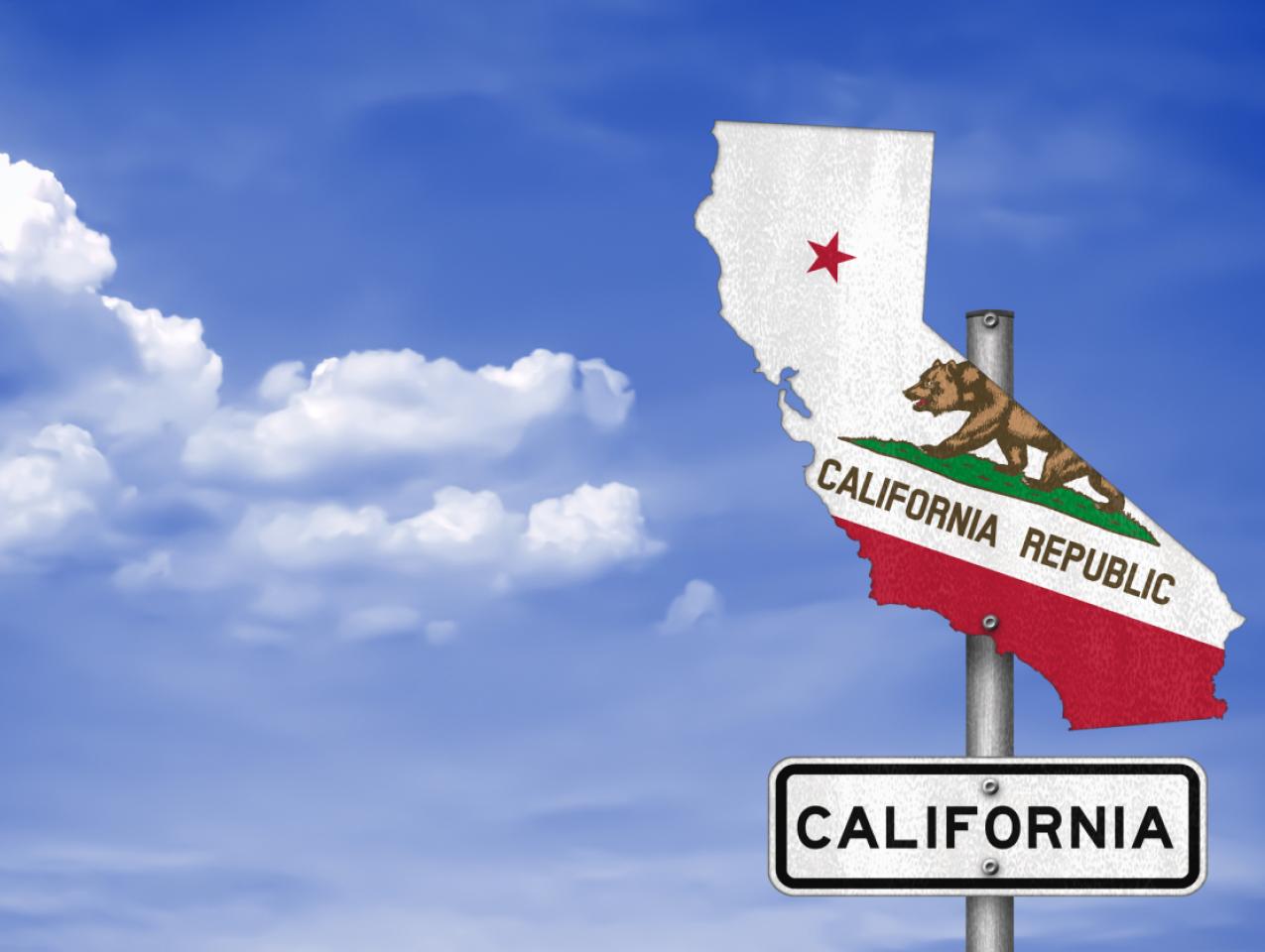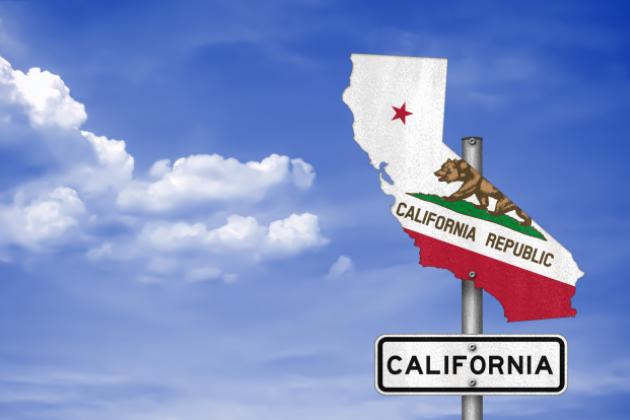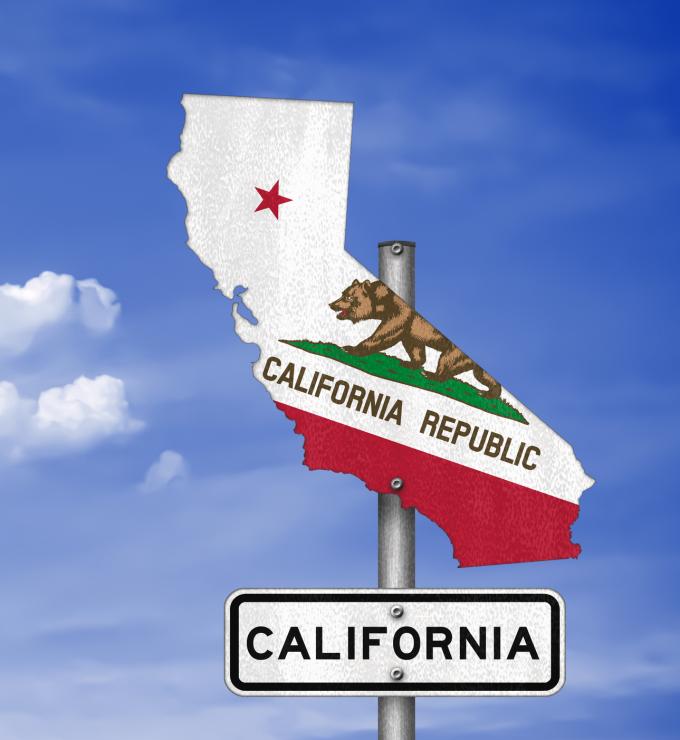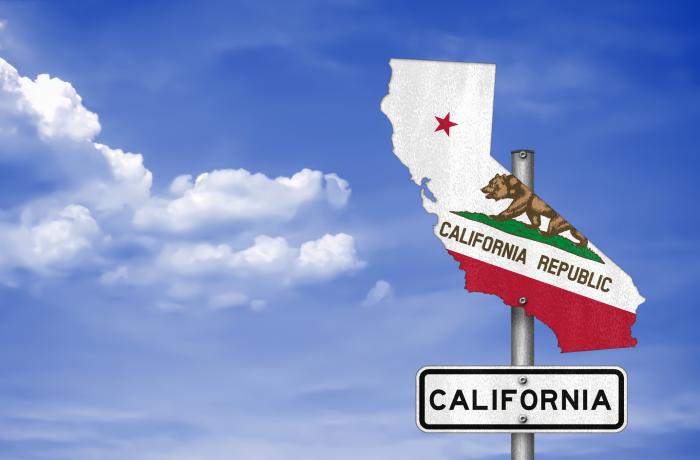- Economics
- Education
- Politics, Institutions, and Public Opinion
- Campaigns & Elections
- State & Local
- California
I wonder if we still have a democracy in California.
Allow me to explain.
I am a venture capitalist. As such, I’ve seen industries transformed to where communications, image recognition, information, navigation, entertainment, and even taxis have provided services many thousands of times greater than the precedent technology.
Moore’s Law states that $1,000 worth of compute power doubles every eighteen months, and many technologies have transformed industries at an even more rapid pace than that. So naturally, I believed that government service and the political world might work similarly.
As a venture capitalist, I’m looking for industries that are monopolistic or oligopolistic, where only a few players are charging high prices for bad service. Then I look for new technologies to come into those industries and challenge the status quo.
For example, many years ago, the Internet came along and transformed communications, information, entertainment, music, gaming, and even hotels and taxis. Each of these industries was oligopolistic but today are being challenged by entrepreneurs with energy, enthusiasm, and vision, with a technology that is twice as good as it was eighteen months ago and 4,000 times as good as it was eighteen years ago.
Today, when I think of bad service at high cost, many industries come to mind, including my own. In addition, the cable business, the banking business, the investment banking business, the health care industry, the real estate business, and the insurance industry are all well-known monopolistic gougers.
So let’s look at California’s government through this lens.
California’s government provides the worst service in the country (education, infrastructure, business environment, quality of life, etc.) for the highest cost (taxes). California’s government is a monopoly that has not changed for over fifty years. That means that technology has improved 1,000,000,000,000,000, or one quadrillion times over that period, but no entrepreneur has tried to challenge this incumbent monopoly for all that time, even though government service in California has remained constant (at best) during that fifty years.
Education in California over those fifty years has gone from first to forty-seventh, and it’s likely even worse because its schools are cheating by keeping the worst students away during the tests. Waterways are crumbling to the point that the people of Oroville had to be evacuated because the dam was threatening to break. Transportation infrastructure has been neglected. Traffic is horrible, and parking is worse. And even with arguably the best weather in the country, US News & World Report ranked California as the state with the worst quality of life because people can’t afford housing and the education is so bad. United States CEOs perennially rank California last of the fifty states as a place to do business because of the high taxes and overregulation.
Whether you believe the problem is that the spending for infrastructure has gone from 28 percent to 3 percent in those fifty years, that the teachers’ unions (that would be the all-powerful California Teachers Association) have made it too hard to fire bad teachers, that the unfunded pensions for government workers are bankrupting the state, or that the government employees are now living better than the people who pay their taxes, we all know there is a serious problem with government in California.
You might argue that California is fortunate to have Silicon Valley and Hollywood—and they’re performing mightily. But the regulations are such that people are able to start businesses in these areas.
When companies surpass fifty employees, regulations kick in and the taxes become relevant, so companies decide to leave. Tesla moved its battery factory to Nevada. Toyota moved its plants to states ranging from Tennessee to Texas. Occidental Petroleum moved its headquarters to Texas. Sony moved operations to Canada. Many big budget movies choose to film in places like North Carolina, New Zealand, the UK, and Canada. And when Amazon was looking to place their second headquarters, they only had a passing glance at Sacramento in the first round of eliminations, despite local government offering hundreds of millions of dollars in incentives.
So why do we have a discrepancy between rich and poor in California? Because people are allowed to get rich here by taking extraordinary risks on startups, but those startups are pushed out of the state as they grow so they cannot provide the middle-class jobs that most states provide. The only people left are the people who lose their jobs when the successful startup grows up and gets forced out of the state to create jobs somewhere else.
As for my interest in reform via the ballot box, I saw an industry (state government) providing bad (in fact, the worst) service for a high (in fact the highest) price. As a venture capitalist, I looked to see if there was an entrepreneurial approach that could take a new technology and transform California. I thought that by creating a startup state, we could take California government and its associated services out of the dark ages to become a technological powerhouse.
But creating just one startup state would not be fair. A small Silicon Valley state would immediately outperform California by leaps and bounds without even having any innovation. So I decided to try to get California to do a reboot and create six states. The six states would be average size states in the United States, so our citizens would be equally represented with the rest of the country; and six states would be able to innovate and be accountable to their citizens. If one state provided great education, for example, people might move to that state, so that the state they left would have to improve to retain their citizens. It would also give governments a fresh start, a reboot.
I knew that convincing voters to make the change would take some doing, but I found that when voters were fully informed, they tended to be willing to give up their fantasy of the “California Dream” for a number of competing better governments that could make those dreams more likely to be realized.
In order to qualify for the November 2016 ballot, I needed 808,000 signatures to get a “Six Californias” initiative on the ballot. I was able to get 1.2 million, but when the signature counters in each county came back with their results, they allowed less than 65 percent of the signatures to be counted. Los Angeles County allowed less than 60 percent.
I went into the office in San Mateo County, where I’m registered to vote, to see why so few of the signatures were allowed. They set me up to look at the various signatures and why they were not allowed. I asked about one signature that was identical to the driver’s license and had the exact same address: “How about this one?” The signature counter looked at me and said, “So sue me.”
It came clear to me that the signature counters would clearly lose their jobs if we created six fresh new states. They all knew that this hand-to-paper signing and counting that they did for a living would continue into the new states with all their new technology. Six Californias was deemed lacking of enough signatures to trigger a full count of every signature submitted.
Since there was a low turnout for the Governor’s election in 2014, the signatures required for an initiative had dropped to 360,000. I decided to give it another try with the lower hurdle.
I had the benefit of having tried Six Californias earlier. I learned that people were concerned about our plan would create the richest state and the poorest state (it turns out that those two regions are the richest and the poorest now, and by giving more autonomy to the poor state, they could have much improved the economy in the poorer states, but that was the perception).
They also believed that six states were too big a change. Two or three was what most of them wanted. So we went out to try to get the voters to think about three states that were similar demographically—one around San Francisco, one around Los Angeles and one around San Diego.
This time, we collected almost twice the required signatures-with double verification, so the signature counters couldn’t justify discounting our number. And since we got the signatures, California’s Secretary of State designated us Proposition 9 for the November 2018.
Terrific.
Our initial polling showed about 8 percent of Californians supporting the initiative. But by the time the signatures had been gathered, 8 percent had gone to 12 percent, and then 17 percent, to finally 27 percent—with 35 percent of the electorate undecided. Suddenly this initiative, which had been dismissed as a joke by political insiders, was starting to look like Brexit.
With the number of Californians feeling unrepresented and poorly serviced by their government, those insiders were starting to get concerned. So, led by the bureaucratic unions (the so called “bunions”) and former Assembly Fabian Nunez, the politically unassailable Planning and Conservation League filed a lawsuit eight days before the ballots went to print, arguing that Proposition 9 would radically alter California’s government.
The lawsuit contended that Proposition 9—also known as “Cal3”—would be disruptive, adding that it would harm the environment (to both justify their shill and appeal to the judges).
It worked.
I was never actually served papers. And before I knew it, California’s Supreme Court had already ruled that Proposition 9 was too potentially disruptive for people to vote on it in 2018. The Court believed that it knew better than the voters what Californians wanted. The ruling gave me twenty days to respond, but only for reinstatement in 2020. So without even getting papers served, my initiative was off the ballot. It turns out that with Cal3, all six of those judges would also lose their jobs.
Something else I had not thought about.
We didn’t get to vote! We claim to be a democracy, but we didn’t get to vote on a proposition that the political insiders didn’t want. It didn’t matter to them that Californians are getting bad service and paying the highest taxes. All that mattered to them is that they stay in power. There are many other propositions that have been put up, and none of them was yanked by the California Supreme Court. I guess that they were not “disruptive.” Or maybe they were proposed by the insiders themselves to make it even harder for the Californians to vote or be represented.
In California, you don’t get to vote if there is somehow a proposition that the people want discussed, but the insiders and “bunions” don’t like it. So, no matter how you feel about “Three Californias” or “Six Californias”—if you believe in democracy, in letting the people have a say in how their taxes are spent, how their children are educated, how their infrastructure is built, and how crime is handled—you should be outraged.
Tim Draper is the founding partner of Draper Associates and DFJ Venture Capital. He’s also the founder of BizWorld, a non-profit for young children to learn about business and entrepreneurship, and Draper University, a residential and online school to help extraordinary young people meet their entrepreneurial goals.







